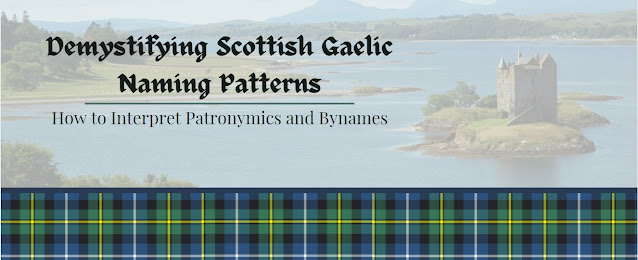Born on St Patrick's Day: Happy 115th Mary
They say that its good luck to be Irish, and that the luckiest of all are those who are born on St Patrick's Day. No doubt this is what was said the day that my great grandmother was born. However, her life was not necessarily filled with the good luck that the superstition had predicted. As much as she had a hard life, her life was also an "ordinary" one of a young British immigrant to Canada. Despite that, the simple life she led in youth was filled with fun. She embrace the changing times, new found freedoms, and innovations. Its the heirlooms from that chapter of her life that fascinate me the most because they show aside to her that none of my relatives knew - a woman who was happy. So today, I am going to share the side of her that one of those heirlooms tells. I have a small black autograph book that was hers. At almost 100 years old, the book binding has all but disintegrated yet the leather cover is in near pristine condition and the partially bound pages are al...














